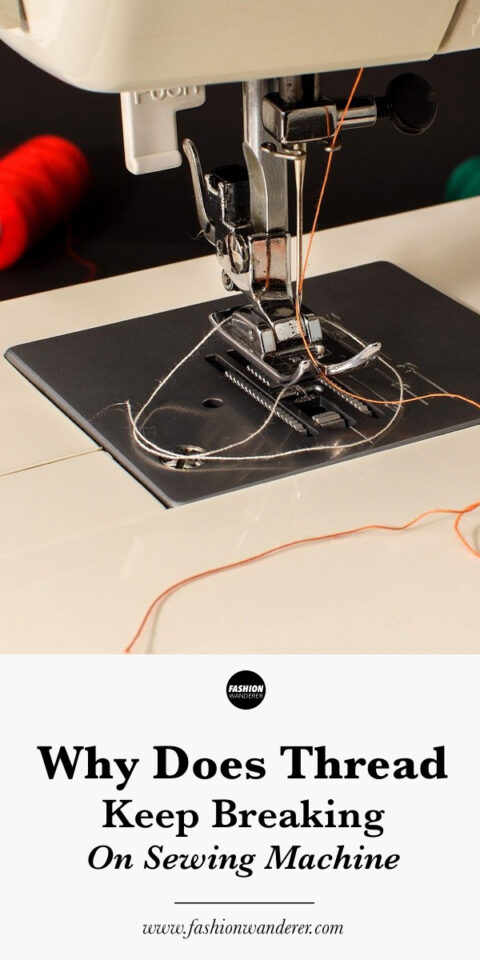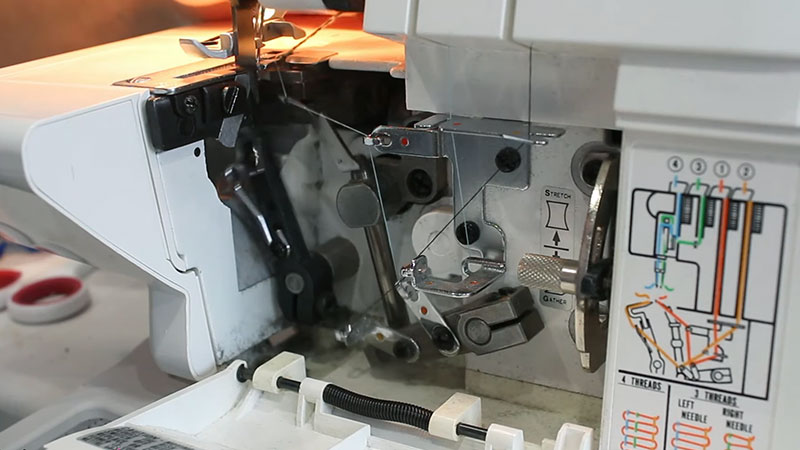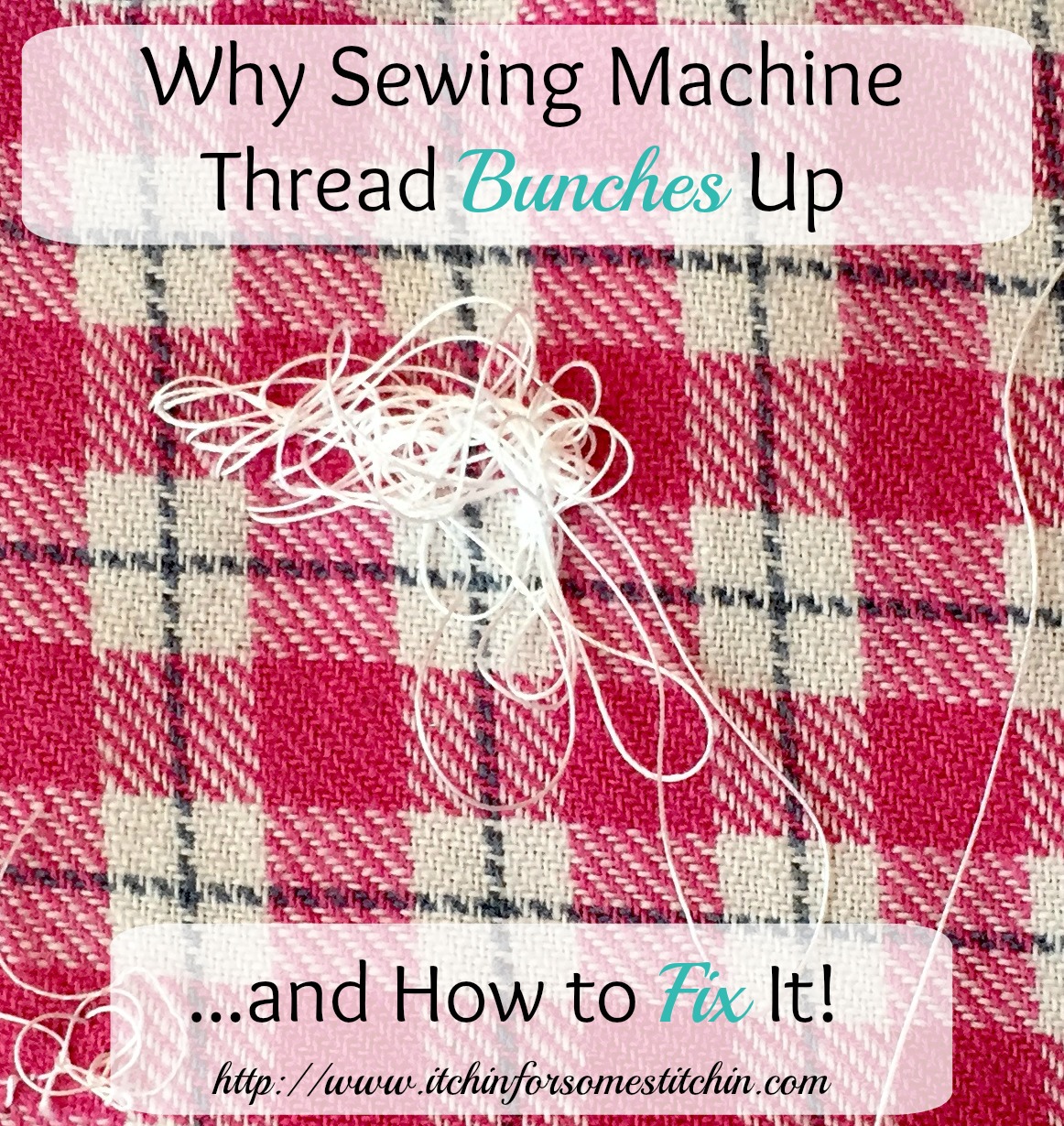Why Does My Top Thread Keep Breaking

Ah, the dreaded broken thread! It's the sewing equivalent of a hiccup, a tiny, frustrating interruption in your creative flow. You’re humming along, picturing that fabulous finished project, and then *snap*! Silence.
Suddenly, you're staring at a sad little tail of thread dangling from your needle. This has happened to all of us. Let’s discover why this is happening.
The Case of the Fickle Filament
Think of your sewing machine as a slightly temperamental pet. It needs love, care, and the right ingredients to purr along happily. A broken top thread is often its way of saying, "Hey, something’s not quite right!"
Sometimes, it feels like a personal affront, doesn't it? Like your machine is staging a mini-rebellion against your amazing sewing skills. You are not alone.
Thread: The Prima Donna of the Sewing World
First, let’s talk about the thread itself. Imagine thread as a celebrity diva, demanding specific conditions to perform flawlessly. Cheaper thread might be thicker or have more imperfections, leading to breakage.
A high-quality thread like Gutermann or Aurifil might just be the peace offering your machine needs. Think of it as upgrading your machine's favorite snack!
Needle Needs: Sharpness, Size, and Soul
Next up: the needle. Needles aren't just pointy bits of metal; they're highly engineered tools! A dull or damaged needle is like trying to cut butter with a spoon. It creates friction, pulling and stressing the thread until it cries "Uncle!" and snaps.
Also, are you using the right size and type of needle for your fabric? A tiny needle trying to wrestle with denim is a recipe for disaster. Change needles regularly, like giving your machine a fresh pair of eyes. Your fabric and thread will thank you for it.
Tension: The Delicate Balancing Act
Tension. Ah, the Goldilocks of sewing machine settings: not too tight, not too loose, but just right. Imagine tension as the tug-of-war between your top and bobbin threads.
If one side is pulling too hard (too tight tension), the top thread will likely give way. Consult your machine’s manual, or better yet, search for a YouTube tutorial. There are countless videos demonstrating the art of tension adjustment.
Lint: The Silent Saboteur
Dust bunnies aren't just a nuisance under your couch; they're also plotting against your sewing projects! Lint buildup inside your machine can create friction and interfere with the smooth flow of thread.
Regular cleaning, like giving your machine a spa day, can prevent this. A clean machine is a happy machine, and a happy machine breaks fewer threads.
A Little Humor, A Little Heart
Sometimes, the broken thread is simply a sign that you're pushing your machine (and yourself) too hard. Maybe it’s time to take a break, grab a cup of tea, and admire the progress you've made. Remember, sewing should be enjoyable, not a battle against rogue threads!
Sewing, after all, is a journey, not a destination. So, take a deep breath, re-thread your needle, and embrace the occasional broken thread as part of the process. It's just your machine's quirky way of adding character to your creations.
And who knows, maybe that broken thread is actually a sign that you're about to create something truly extraordinary!
Now go forth and sew! May your seams be straight and your thread unbroken (or at least, not too often broken!). And remember, even the most experienced sewers face the occasional thread-snapping gremlin. It's all part of the fun!


















